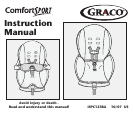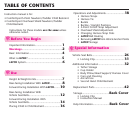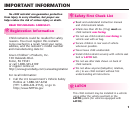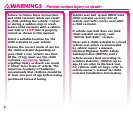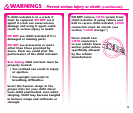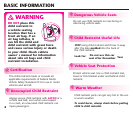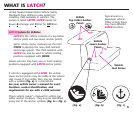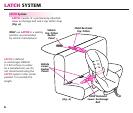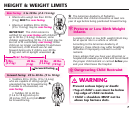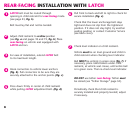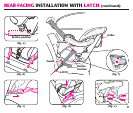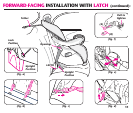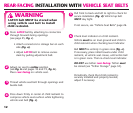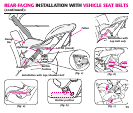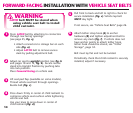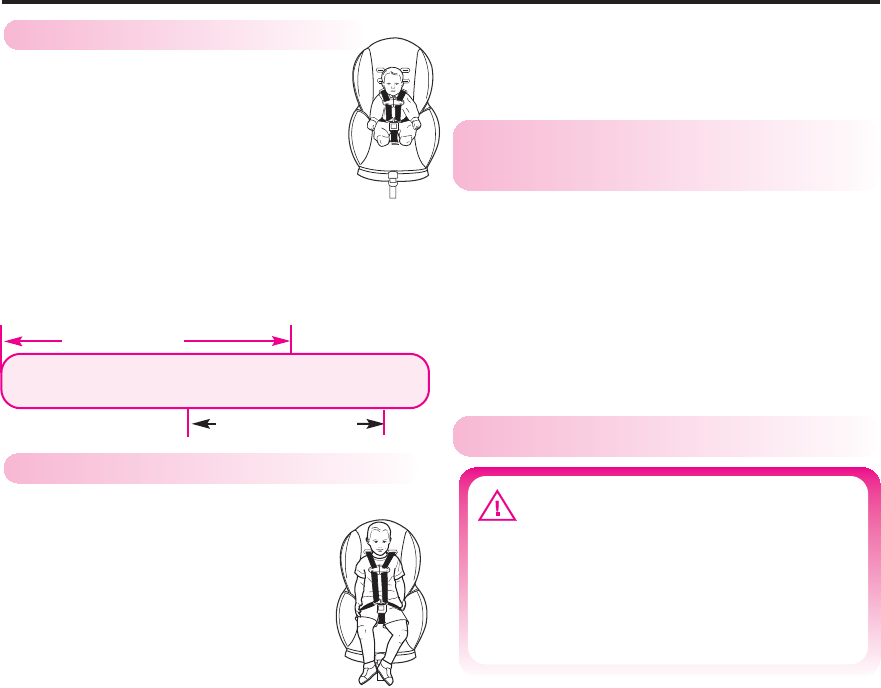
HEIGHT & WEIGHT LIMITS
A preterm infant or low birth weight infant may
be at special risk in a vehicle or aircraft.
According to the American Academy of
Pediatrics, these infants may suffer breathing
difficulties if improperly reclined in a child
restraint.
Graco advises that you have your physician or
hospital staff e valuate your infant and recommend
the proper child restraint or car bed before you
and your infant leave the hospital.
7
❃
Preterm or Low Birth Weight
Infants
❃
Outgrowing Child Restraint
Prevent serious injury or death:
•Top of child’ s ears must be below
top edge of child restraint.
• Child’ s shoulders MUST not be
above top harness slots.
WARNING
Rear-facing: 5 to 30 lbs. (2.2-13.6 kg)
• Infants who weigh less than 20 lbs.
(9 kg) MUST be
rear-facing.
• Infants or toddlers 20 to 30 lbs.
(9 to 13.6 kg) may be
rear-facing.
Forward-facing: 20 to 40 lbs. (9 t o 18 kg)
• Toddlers 20 to 30 lbs. (9 to 13.6 kg)
who are capable of sitting upright
unassisted may be forward-facing
*
.
If unable to sit unassisted, use
rear-facing.
• Toddlers 30 to 40 lbs.
(13.6 to 18 kg) and up to
40 inches (101.6 cm) tall MUST
be forward-facing.
IMPORTANT: This child restraint is
certified for use
rear-facing with children
up to 30 lbs. (13.6 kg). However, some
children approaching 30 lbs. (13.6 kg) may be
too tall to fit comfortably rear-facing. When
child can no longer comfortably fit and knees
remain bent, child should use car seat
forward-facing only if child is over 20 lbs.
(9 kg) and can sit upright unassisted.
*
*
The American Academy of Pediatrics
recommends that children should be at least one
year of age before being positioned forward facing.
Forward-facing
Rear-facing
40 lbs.
(18 kg)
5 lbs.
(2.2 kg)
30 lbs.
(13.6 kg)
20 lbs.
(9 kg)



